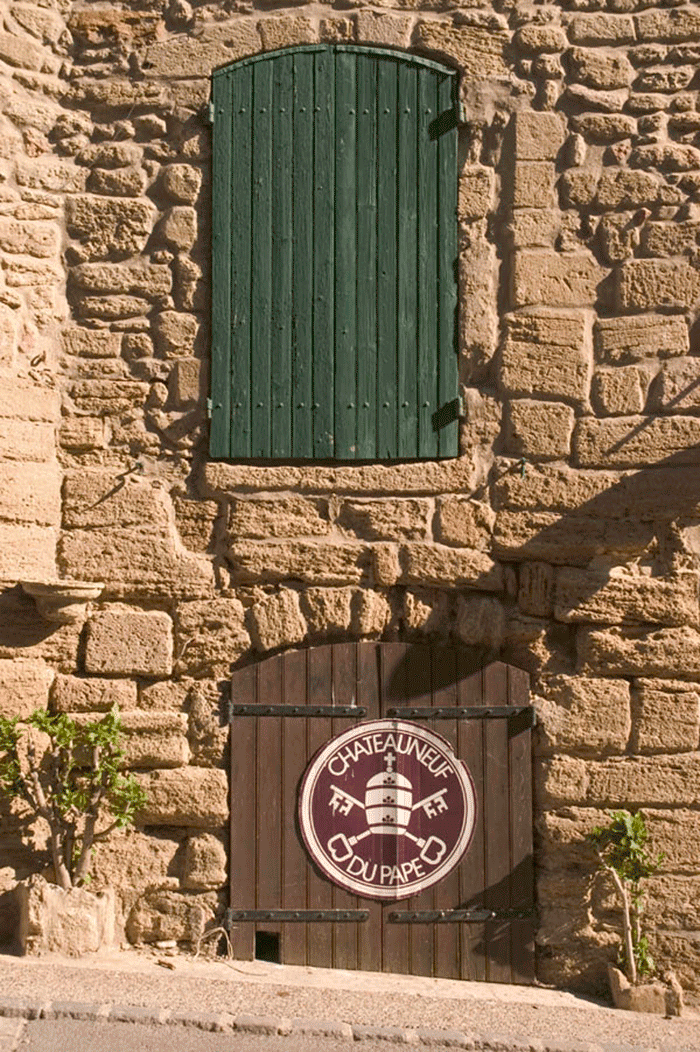A potted history of Châteauneuf-du-Pape
Author: Eva Polaki
Châteauneuf-du-Pape is the Rhône Valley’s largest appellation, 8.5 miles in length, and five miles wide, covering 8,100 acres of vines, managed by 300 proprietors, of which 240 estate bottle.
The appellation encompasses five different villages of the Vaucluse departement, in the south of France: Orange, Bédarrides, Sorgues and Courthézon and its historic heartland, the village of Châteauneuf-du-Pape.
Vines have been laboriously cultivated in this sun-drenched, wind-swept terroir since the Roman times; Bishop Geoffroy was mentioned as the owner of a small vineyard in his fiefdom of Châteauneuf in the 12th century, but the golden age of viticulture for the region began when French Popes moved the papacy from Rome to Avignon in 1305. During this period that historians refer to as the Babylonian Captivity, the Avignon Popes (esp. John XXII) further exploited the region, building a summer castle residence and planting vineyards.
The area became known as Châteauneuf-du-Pape (the new castle of the Pope). Its immense castle survived centuries of warfare but finally succumbed to the ravages of World War II. In August 1944, it was targeted by RAF, as it was used as a munitions storage facility by the German military. Much of the castle was blown up and all that remains is the wall and the ancient tower that cast their shadow in the hillside village below.
Châteauneuf-du-Pape has one more distinction – it is the birthplace of what became known as the French appellation system. In 1923, one of Châteauneuf-du-Pape’s most prominent wine growers, Baron Leroy of Château Fortia, formulated a series of guidelines to exploit the full potential of this privileged vineyard area. Nearly all of these guidelines (on suitable grape varieties, yields, viticulture and winemaking techniques) were later incorporated into the French appellation system and formed the foundations of other appellations too across the globe.



